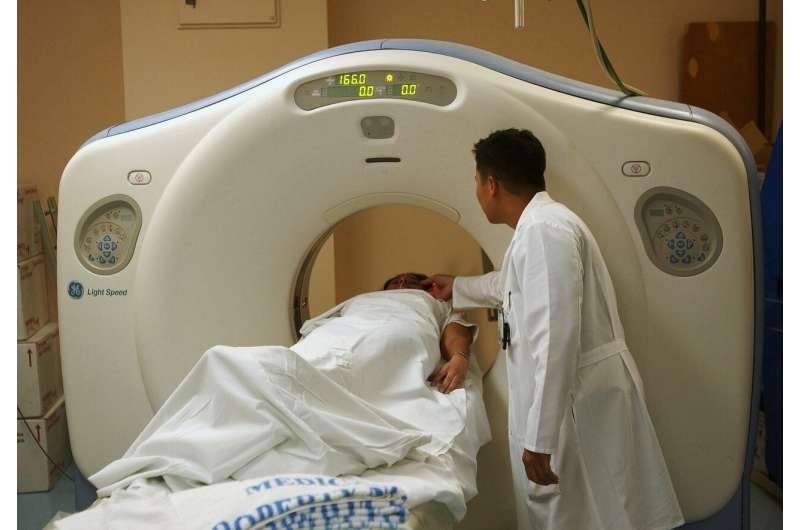Gene Networks Revealed in Human Brain Development and Neuron Diversity

A groundbreaking study uncovers the gene networks driving neuron subtype development in the human cerebral cortex, providing insights into brain complexity and disorders.
Recent research conducted by scientists at the University of California Los Angeles (UCLA) has shed new light on the complex genetic processes underlying human brain development, specifically in the cerebral cortex. Utilizing advanced single-cell transcriptomics—a technique that examines gene expression at the individual cell level—the team analyzed multiple datasets to map how distinct neuron subtypes emerge during brain development.
Published in the journal Nature Neuroscience, the study uncovers specific gene 'programs' or modules that drive the differentiation of neural cells in the developing human brain. Initially a small bioinformatics project, the researchers integrated publicly available datasets to create a comprehensive meta-atlas of gene expression, which revealed clusters of genes working together during various developmental stages.
By identifying these co-expressed gene networks, the team could pinpoint how different cell types, including deep-layer neurons, are formed and refined. They confirmed the activity of these gene modules in actual human brain tissues through microscopy and staining techniques. Furthermore, using three-dimensional brain organoid models—which simulate human brain development—they experimentally verified that these gene networks influence the generation of specific neuron subtypes.
Notably, the study identified and validated gene networks that orchestrate the formation of neuron subtypes associated with neurodevelopmental disorders. This understanding opens pathways for exploring genetic mechanisms behind conditions such as autism and intellectual disabilities. The researchers emphasize that their meta-atlas can serve as a valuable resource for neuroscientists worldwide, potentially guiding new therapeutic strategies.
Going forward, this work aims to deepen the understanding of the human cerebral cortex's complexity and its development. The meta-atlas may also help explain how genetic disruptions contribute to neurological disorders, paving the way for targeted interventions. The team has already applied similar approaches to study brain cancers like glioblastoma and is committed to further exploring neurodevelopmental abnormalities and their genetic underpinnings.
Overall, this research marks a significant step in understanding the molecular and genetic foundations of human brain development, offering new insights into neurobiology and disease mechanisms.
Source: Medical Xpress
Stay Updated with Mia's Feed
Get the latest health & wellness insights delivered straight to your inbox.
Related Articles
Groundbreaking Achievement: First Successful Human Bladder Transplant Performed in the U.S.
Surgeons at UCLA have successfully performed the world's first human bladder transplant, providing new hope for patients with severe bladder conditions.
Increased Risk of Cardiovascular Death Associated with Cannabis Use
A recent study links cannabis use to a doubled risk of death from cardiovascular disease, emphasizing the need for regulatory measures and further research into its health impacts.
Innovative Drug Combinations Offer Hope for Tough-to-Treat Cancers
Virginia Tech researchers have discovered promising new drug combinations targeting the enzyme PRMT5, offering hope against resistant cancers like pancreatic, lung, and brain tumors.



